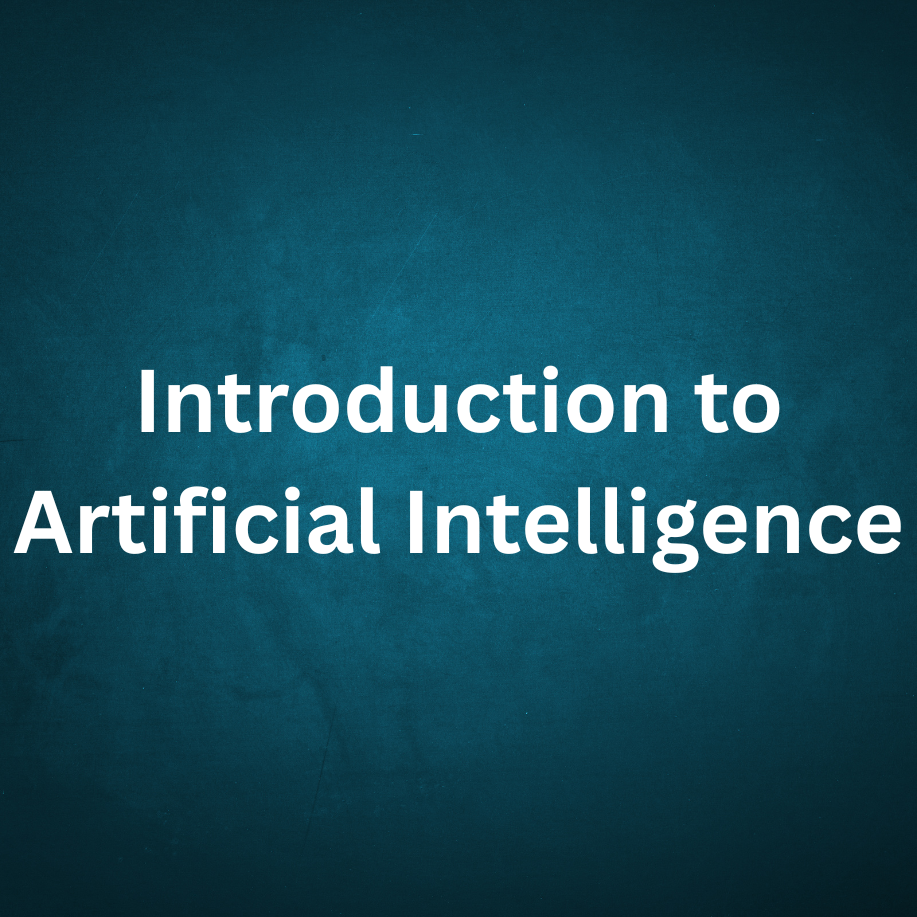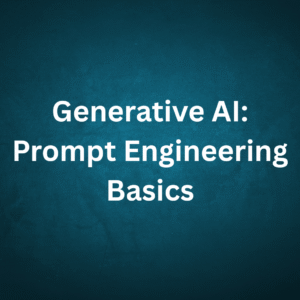Description
Introduction to Artificial Intelligence – Curriculum Outline
Course Duration: 12–15 Weeks
Prerequisites:
- Basic Python programming
- Linear algebra, calculus, probability
- Logic and discrete math (recommended)
🗂️ Module-wise Breakdown
Module 1: Introduction to AI
- What is AI? History and evolution
- AI vs ML vs Deep Learning
- Applications of AI (healthcare, robotics, NLP, games, etc.)
- Ethical and societal implications
Module 2: Intelligent Agents
- Agents and environments
- Rationality
- Types of agents: simple reflex, goal-based, utility-based, learning agents
Module 3: Problem Solving and Search
- Problem formulation
- Uninformed search (BFS, DFS, UCS)
- Informed search (Greedy, A*)
- Search optimization strategies
Module 4: Knowledge Representation and Reasoning
- Propositional logic
- First-order logic
- Inference in logic systems
- Knowledge-based agents
Module 5: Planning
- Classical planning
- Planning graphs
- Hierarchical task networks
- Partial order planning
Module 6: Constraint Satisfaction Problems (CSP)
- Definitions and examples
- Backtracking and heuristics
- Local search for CSPs (e.g. min-conflicts)
Module 7: Machine Learning Basics
- Supervised vs Unsupervised learning
- Basic algorithms: Linear regression, k-NN, decision trees
- Overfitting, underfitting, and cross-validation
Module 8: Neural Networks and Deep Learning
- Introduction to neural networks
- Backpropagation
- Convolutional Neural Networks (CNNs)
- Applications in image and speech recognition
Module 9: Natural Language Processing (NLP)
- Text representation: Bag of Words, TF-IDF, word embeddings
- Basic NLP tasks: sentiment analysis, text classification
- Language models and transformers (overview)
Module 10: Robotics and Perception
- AI in robotics
- Localization and mapping
- Perception and computer vision basics
Module 11: Reinforcement Learning
- Markov Decision Processes (MDPs)
- Q-learning and policy learning
- Applications in gaming and autonomous agents
Module 12: Ethics and Future of AI
- Bias and fairness
- Privacy and surveillance
- Explain ability
- The future of work and AI governance
🧪 Assessment Components
- Quizzes and assignments
- Labs and practical projects
- Midterm exam
- Final project (e.g. build an AI-based chatbot, game AI, or ML model)





Reviews
There are no reviews yet.